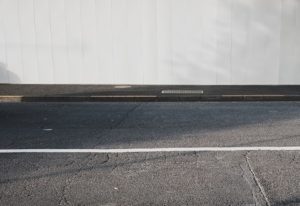Ground Penetrating Radar, also known as GPR, is an extremely useful tool for a variety of fields. Using a high-frequency radio signal, a GPR machine works by aiming the message into the ground and reading the ways in which it bounces back to help locate underground objects. This system can have a variety of safety, construction, and research uses. Construction teams use GPR to determine any potentially dangerous utilities or hidden items while archeologists use GPR to help locate remains of historical sites and more. GPR is an essential tool for many different industries and could be highly useful in your next project.
GPR Data Collection
There is a variety of equipment that can be used in GPR studies. Depending on the depth that needs to be checked, the type of soil, and more you may need to use one method over another. In general, a radar unit will emit and receive up to a thousand signals per second which are immediately visible to the operator. These results are also saved and stored digitally for later review if needed.
In Concrete
When you’re looking for GPR data in concrete, a different type of system needs to be used to cut through the material. Usually, a high-frequency GPR unit is able to see through the concrete to produce a map of anything located within. This method creates virtual slices of an image to create a 3D map to determine the depth and location of objects. This can be particularly useful if you’re working on an older site that may have unmarked items like utilities, rebar, or metal that could cause damage or injury.
Understanding The Data
The data that a GPR produces may not be immediately understandable to the average viewer. As the radio waves travel through the ground, there are a lot of factors that can influence the appearance of the final data. Different types of soil, water levels, and environmental factors can all have an effect and make the readings more or less difficult to understand. In most cases, an expert will be needed to translate the readings. One of the most important factors to remember before you hire a GPR unit is that they have limits to their abilities. Most GPR units are only able to give detailed readings for depths of 24” or less. Some units can look deeper, but this often comes with image quality loss.
GPR Services from Concrete Visions
Concrete Visions has over 12 years of experience and expertise in concrete scanning and we know how to detect any problems lurking beneath the surface. We use ground penetrating radar accurately and expertly and are familiar with many other methods that can be used when appropriate like concrete x-ray and electromagnetic conductivity. We are also very familiar with the latest construction safety techniques and train all of our workers to do their work quickly, accurately, and safely. If you would like to learn more about how we can help you, give us a call at (410) 766-2210 or visit us online. For more articles and tips, follow us on Facebook, Twitter,LinkedIn, and Google+.

